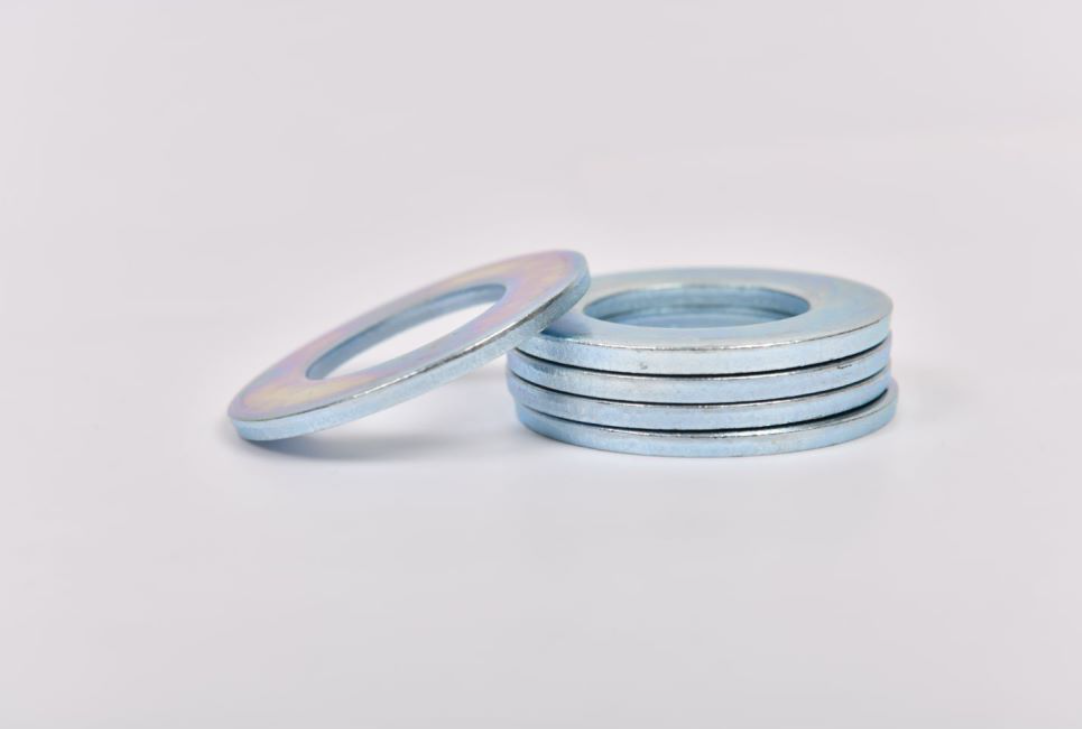high quality spring washer installation
High Quality Spring Washer Installation A Comprehensive Guide
Spring washers are essential components used to maintain tension and prevent loosening in bolted connections. They are particularly effective in applications subjected to dynamic loads, vibrations, or shifting forces. Installing high-quality spring washers properly is critical for ensuring that mechanical assemblies function safely and effectively. This article provides a step-by-step guide on the installation of high-quality spring washers.
Understanding Spring Washers
Spring washers are designed to provide a degree of flexibility and elasticity to bolted connections. The most common types include wave washers, conical spring washers, and split ring washers, each engineered for specific applications. The choice of spring washer depends on factors such as the load conditions, the temperature range, and the specific requirements of the assembly.
Choosing High-Quality Spring Washers
When selecting spring washers, it’s crucial to prioritize quality. High-quality washers are typically manufactured from durable materials like stainless steel, carbon steel, or alloy steel, ensuring long-lasting performance even under demanding conditions. Look for washers that meet or exceed industry standards, such as ISO or ASTM certifications. This guarantees that the washers have been tested for reliability, strength, and resistance to wear and corrosion.
Installation Steps
1. Preparation Before installation, gather all necessary tools, including wrenches, sockets, and any special tools required for access to the assembly. Inspect the mating surfaces of the components to ensure they are clean and free of debris, as contaminants can affect the effectiveness of the spring washer.
high quality spring washer installation

2. Select the Right Size Ensure that the spring washer is the appropriate size for the bolt being used. The inner diameter of the washer should match the bolt's shaft, while the outer diameter should be suitable for the supporting surface. Using the wrong size can compromise the effectiveness of the washer and lead to premature failure.
3. Placement of Spring Washer Typically, the spring washer is installed under the bolt head or nut, depending on the configuration of the assembly. For a bolt, place the spring washer over the bolt after it is threaded through the components. If a nut is employed, position the washer underneath the nut. Ensure that the spring washer is seated properly against the surface, with the curved side facing the component for optimal preload.
4. Tightening Gradually tighten the bolt or nut to the manufacturer's specified torque. It’s important to use a torque wrench to achieve the correct tension, as over-tightening can damage the spring washer and lead to failure. Follow a systematic tightening pattern, especially for assemblies with multiple bolts, to ensure even distribution of load.
5. Rechecking Torque Once the assembly has been completed, it’s advisable to recheck the torque after a short period of operation. This is especially important in applications subjected to vibrations, as initial settling and movement can cause changes in tension. Regular maintenance checks can help prevent loosening over time.
Troubleshooting Common Issues
If you notice that a connection is still loosening after installation, it may indicate issues such as inadequate torque, incorrect washer size, or material fatigue. In such cases, reconsider the washer type or installation process. Sometimes, additional locking mechanisms, such as lock washers or thread-locking compounds, may be required to add extra security against loosening.
Conclusion
The installation of high-quality spring washers is a critical step in ensuring the reliability and longevity of mechanical assemblies. By following proper installation techniques and utilizing quality components, you can significantly enhance the performance of bolted connections. Regular inspections and maintenance will further ensure safety and efficiency in your applications. Always remember, investing in high-quality washers and proper installation practices today will pay dividends in reduced failures and increased operational efficiency in the long run.
-
Top Choices for Plasterboard FixingNewsDec.26,2024
-
The Versatility of Specialty WashersNewsDec.26,2024
-
Secure Your ProjectsNewsDec.26,2024
-
Essential Screws for Chipboard Flooring ProjectsNewsDec.26,2024
-
Choosing the Right Drywall ScrewsNewsDec.26,2024
-
Black Phosphate Screws for Superior PerformanceNewsDec.26,2024
-
The Versatile Choice of Nylon Flat Washers for Your NeedsNewsDec.18,2024










